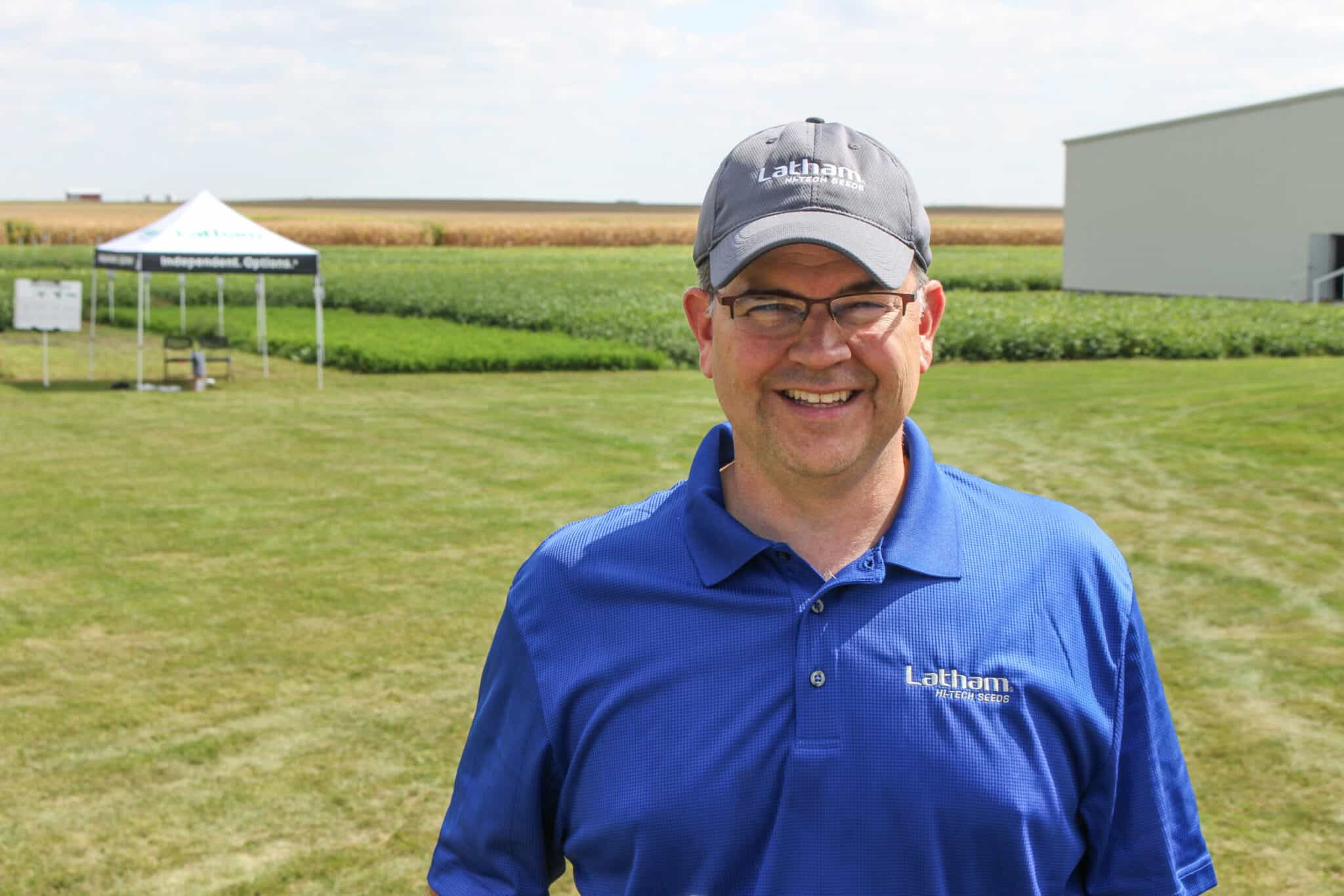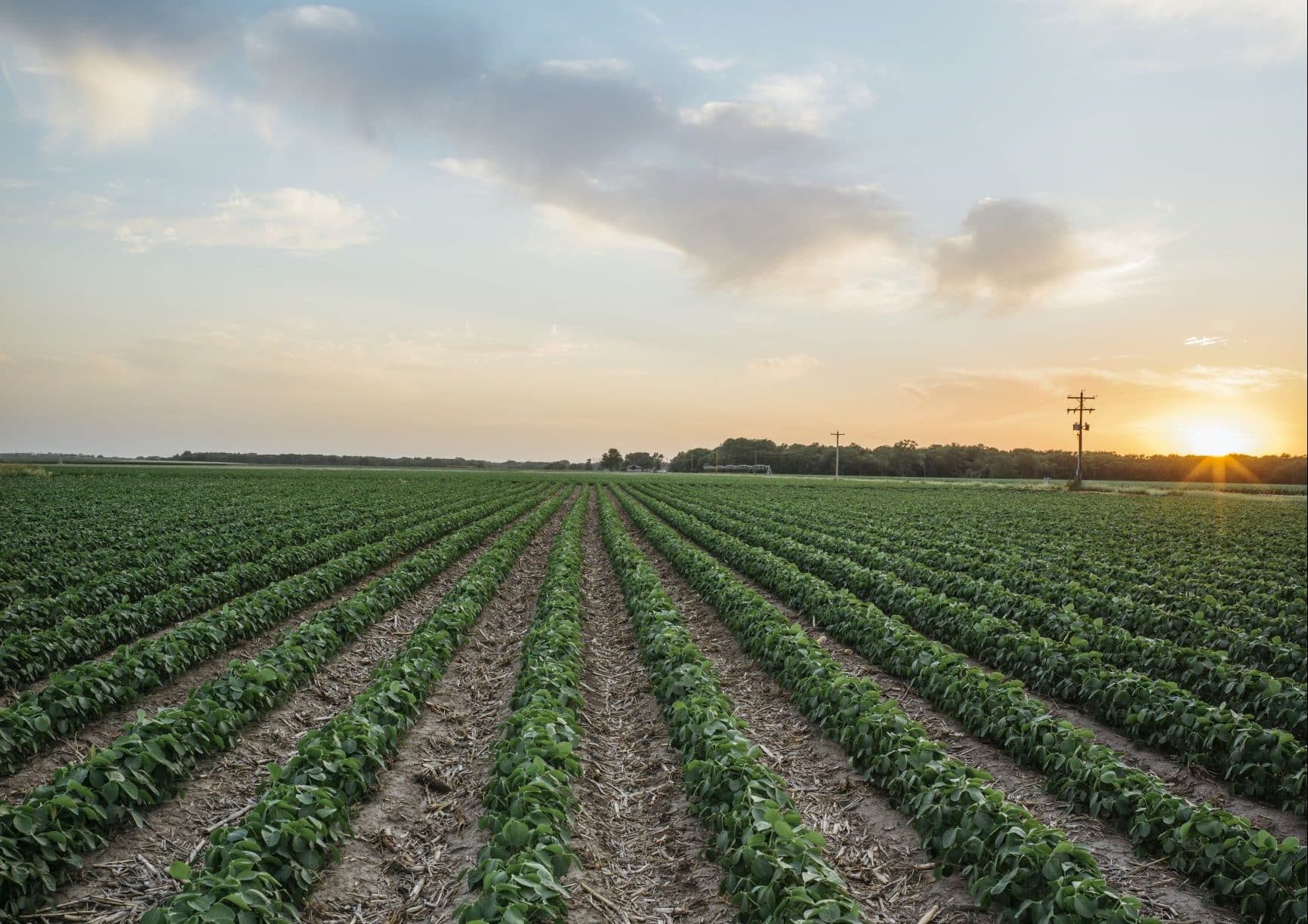More trait options mean greater opportunity to meet 2020 demand.
With 2019’s challenging growing season in the rearview mirror, the soybean seed industry looks to 2020 with some optimism. Retailers have a wider selection of trait platforms at their disposal and expect ample seed supplies so customers have plenty of options.
“Farmers have never had more choices when it comes to trait technology in soybean,” says Marc Hoobler, BASF U.S. soybean agronomy lead. “New traits are important, so we don’t repeat past management mistakes. Dependence on one platform can have significant consequences with weed resistance. All of the systems on the market today have ability to enable good weed control.”
Beyond Single Trait Technology
Soybean trait technology has evolved during the past several years, moving from single traits to multiple herbicide tolerances in one platform. Double- and triple-stack traits now available have several modes of action and can reduce weed compensation versus a single trait.
For 2020, seed breeders and companies are touting Roundup Ready 2 Yield, Roundup Ready 2 Xtend, LibertyLink and LibertyLink GT27 and Enlist E3 soybeans.
“All of these new technologies are great tools to fight weed resistance,” says John Latham, president of Latham Hi-Tech Seeds, Alexander, Iowa. “However, we must be good stewards of the technology for long-term effectiveness. As an independent seed company, we want Latham dealers and customers to purchase the technology they believe will provide them with the most value.”
“There are enough choices to make any grower look at their options a little more in depth than in years past,” adds Dan Hogstad, CEO for NorthStar Genetics, Wanamingo, Minn.
Hogstad notes with an industry that now essentially has four major seed breeders, regional companies such as NorthStar Genetics must help growers manage technology access and user agreements.
“That demands greater communication for us with growers,” he says. “Fortunately, today’s communication capabilities make it easier to target needs and opportunities. Independent seed companies are more local, adapt quicker and have a very close relationship with customers and dealers. This will help enable us to succeed in this era of consolidation and to meet them with the best seed possible.”

Retailers should be prepared to discuss both established and newer trait technologies with their customers, adds Ryan Rubischko, soybean portfolio lead for Bayer. He recommends seed advisers help growers select high-yielding varieties that provide some flexibility in weed control.
“There is no silver bullet. No herbicide does everything a farmer needs in every soybean field,” Rubischko says. “The goal is to provide growers with the best return on their own investment opportunities.”
Travis Kriegshauser, Syngenta strategic marketing manager for soybeans, says Golden Harvest and NK brands offer multiple product portfolios to deliver all of the herbicide trait options for 2020.
“Our strategy is to provide farmers the industry’s top-performing varieties with the herbicide program that best fits their fields. We are in a unique position to be the trusted adviser to growers by listening to concerns and providing one or more solutions to meet unique farm goals,” he says.
Minimal 2020 Seed Supply Concerns
While Kriegshauser says they are providing choices across all technologies, there could be some gaps in seed supplies that might affect decisions as farmers weigh one trait versus another.
“Overall seed production is looking pretty good,” he says. “There is some increased concern for Group 0 and Group I soybeans given late planting and extreme fall conditions in northern geographies. We just don’t know for sure yet.”
Hogstad expresses potential for concern about seed supply for 2020 as well.
“We are in uncharted territory this year (with late planting, late harvest and inclement weather). We won’t have an accurate inventory of our available seed or seed quality for a while yet. We are taking reservations and actively communicating our situation with dealers and customers,” Hogstad says.
Tim Greene, president of Burrus Seed headquartered in Arenzville, Ill., also says supplies might be challenged for some varieties due to impact of the season, but also demand for new technology.
“We are fortunate to have a strong seed supply for 2020,” he says. “We try to keep our sales staff and current customers abreast of our inventory. However, some varieties may move to a sold-out position earlier than normal due to increased demand for a specific trait.”
Latham says good summer weather across the nine states where they produce seed seems to have made up for the poor start to the growing season.
“I’m feeling good about our preliminary results regarding quality and quantity of our seed products,” he says. “There may be shortages of certain products this year, but I am not concerned with the overall seed supply for 2020.”

Both BASF and Bayer expect adequate supplies across their soybean seed brands.
“We do not anticipate any glaring gaps across our maturities,” says Wes Hays, soybean germplasm and deployment lead for Bayer. “With the challenging spring, we worked with our seed growers to adjust to the weather so we would be able to supply the market for 2020.”
Hoobler shares similar observations.
“We have significant safety stock built into production, and I do not expect supply to be short,” he says. “Every year is different from a production standpoint, but we also pay close attention to the quality of the Credenz seed we grow and sell.”
Selection Strategies and Stewardship
As the number of available soybean traits has grown, so have the strategies of what seed to sell and how best to protect the technology with sound stewardship practices.
Greene says performing their own testing is critical to determining seed offerings. “We have a strong, dedicated team that looks at genetic potential before we consider trait platforms,” he says. “Genetics are the key. Trait platforms are added insurance to help combat outside issues.”
Burrus has added DONMARIO brand seed to “bring something unique to our market footprint and achieve the goal of top genetics.”
“We try to make seed selection personal with growers, listen to their needs and learn about goals for their operation so we can find the best fit,” Greene says.
And since growers know their fields better than anyone, these experts agree it is critical for seed advisers to gain as much information as possible before helping growers select traits and varieties.
“Every company has a core competency when it comes to traits,” says Hoobler. “Growers should be forward thinking and evaluate multiple trait platforms. We focus on varieties that will meet the needs of growers on many levels from weed control to disease tolerance to protection from soybean cyst nematode.”
“More options mean greater opportunity for seed sellers, but it also brings a new set of challenges,” Latham adds. “That’s why our industry must work together to help farmers understand what to spray on each field because spraying the wrong herbicide can be devastating.”
More Trait Stacks in the Pipeline
Bayer has created a “Spray Early with Confidence” program to promote proper dicamba use with Roundup Ready 2 Xtend and in advance of the potential release of Roundup Ready XtendFlex in 2020. XtendFlex is a triple-stack option utilizing glyphosate, glufosinate and dicamba.
“Xtend Flex provides another mode of action. We anticipate offering it across Bayer brands if we receive EU approval as expected in the spring,” Rubischko says. “Retailers understand the system and how to handle dicamba, and they need to help customers understand that, too.”
Bayer has other trait stacks in its research and development pipeline. A four mode-of-action stack is possible by the middle of the upcoming new decade and a five mode-of-action could be introduced by the end of the next decade. Hays says those traits will be combined with agronomic recommendations for seed and herbicides and will include a climate component in the future. 

“I expect a continued emphasis on herbicide trait technology,” says Kriegshauser. “But we are running out of future options to stack multiple modes of action. Stacks are possible with HPPDs or PPOs, but new chemistry is expensive and takes a long time to develop. That’s why as an industry we have to help customers understand the complexity of all the trait options and the consequences of drift or spraying the wrong chemistry on the wrong variety. We must educate customers and all be stewards of the multiple technologies we offer today.”
And while the focus remains on herbicide trait technology, the pipeline also contains agronomic traits addressing needs such as soybean cyst nematode, sudden death syndrome and white mold.
“I believe growers can preserve the technology on the market by using all of it. I strongly encourage our industry to work with growers to not rely on just one platform,” says Hoobler, stressing again, “While this is a great opportunity for growers, it has caused some complexity, and we as an industry are going to need to provide significant education, ensure understanding and enable growers to be confident in the decisions they make.”











